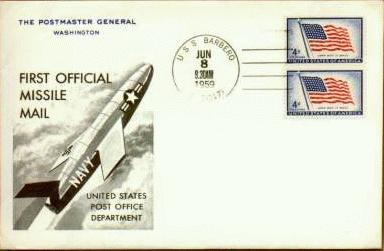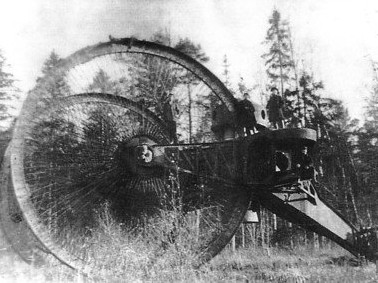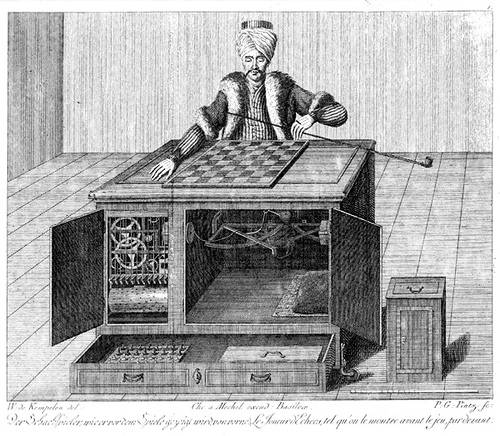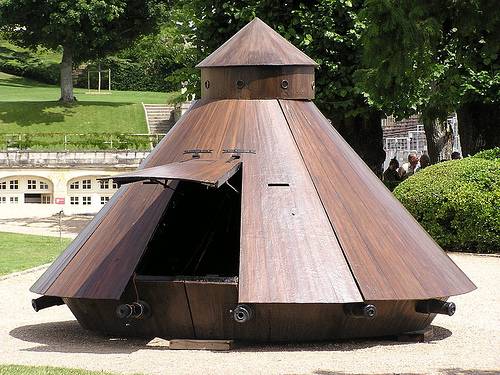
In 1959, the U.S. Postal Service tried delivering mail with a cruise missile — they replaced its warhead with two mail containers and fired it from Virginia to Florida.
When it hit the target, the postmaster general announced a new era. “Before man reaches the moon,” he said, “mail will be delivered within hours from New York to California, to Britain, to India or Australia by guided missiles. We stand on the threshold of rocket mail.”
But the program went no further. “The post office has a great charm at one point of our lives,” wrote Jane Austen. “When you have lived to my age, you will begin to think letters are never worth going through the rain for.”




